Deep in the mountain ranges of Tassili, Algeria, there are ancient rock carvings of a stunning and ethereal nature. Historians estimate that they were made anywhere from 4,000-7,000 years BCE, a timespan of prehistoric rock art known as the Roundhead period.
Many of the figures carved in Tassili are unusually large-headed. Others are without strict form, even missing parts of their bodies. There are some figures which appear to be floating in space or leaving their bodies. Roundhead period carvings are often thought to depict the experience of shamanistic rituals and processions. They are also considered the earliest evidence of humans using psilocybin. [1]
In one carving, a row of masked figures holds up mushrooms in their right hands. Two parallel dotted lines from each mushroom connect to the top of the figures’ heads. In another scene, a large, masked figure is shown with mushrooms growing from its hands, forearms, and thighs.
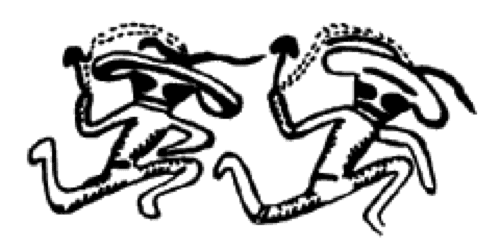
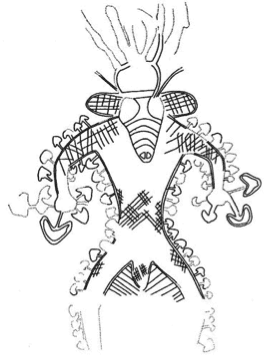
CENTRAL AMERICA
Some thousands of years after the Roundhead carvings were made, around 1,000-500 BCE, people erected entire temples for mushroom gods in what is now Mexico and Guatemala. Similar mushroom stones and motifs dated from 200 AD also appear throughout Central America, suggesting continued, ritualistic use of psilocybin-containing mushrooms.
During the 13th-16th centuries, statues and depictions of reverent mushroom usage were made by people in Aztec, Mixtec, and other cultures in Central America. However, as European travelers, traders, missionaries, and colonizers arrived in these areas, they attempted to forbid and outlaw mushroom usage, deeming it unholy, indulgent, and dangerous. [2]
THE EARLY EXPERIENCE OF MUSHROOMS IN THE WEST
In the early 1900’s, a botanist calling himself Mr. W. ingested a psilocybin mushroom for scientific research purposes. Mr. W detailed his experience, which appeared in the September 18th, 1914 issue of Science magazine. Below is an excerpt from Mr. W’s report.
“…All my motions seemed to be mechanical or automatic, and my muscles did not properly nor fully obey my will…I had no distinct comprehension of time; a very short time seemed long drawn out, and a longer time seemed very short; the same as to distances walked…” [3]
Encouraged by Mr. W’s experience, several ethno-botanists and anthropologists visited Mexico over the next few decades to study and collect psilocybin mushrooms. They witnessed and detailed veladas, or Mazatec healing rituals, which used mushrooms.
Then, in 1955, R. Gordon Wasson and Allan Richardson actually participated in a mushroom velada ceremony. Two years later, Wasson published an article about his experience in Life Magazine. The article brought psilocybin mushrooms to the mainstream, public eye for the first time.
Five years after Wasson’s article was published, a Swiss scientist named Albert Hofmann first synthesized psilocybin while working under a pharmaceutical group. Hofmann is also known for inventing the substance LSD. In 1960, another figure who would change the world through LSD began to experiment with psilocybin— Timothy Leary.
THE HARVARD PSILOCYBIN PROJECT
In August of 1960, Leary, a professor of psychology at Harvard, traveled to Mexico and tried psilocybin mushrooms. After trying pure, extracted psilocybin again, Leary felt confident about the chemical’s potential and began experimenting with it, giving it to his graduate students at Harvard. Dr. Leary conducted his projects with the help of another professor, Dr. Richard Alpert. Today Alpert is better known by his guru-given name, Ram Dass.
The Psilocybin Project at Harvard studied several different applications of psilocybin mushrooms. In one experiment, researchers under Dr. Leary and Dr. Alpert administered psilocybin in a prison, testing if it could reduce recidivism rates and act as an effective psychotherapy aide. Another experiment gave mushrooms to graduate divinity students to test psilocybin’s effects on spiritually disposed subjects. [4][5]
Both of the experiments had promising results. Six months after treatment in the prison, the recidivism rate of the subjects who received psilocybin was 40% lower than expected. Nearly every divinity student who received psilocybin reported profound spiritual experiences. In a follow-up study conducted 25 years later, a majority of the students confirmed that their experience with mushrooms had made lasting, positive changes in their lives. [6]
“After trying pure, extracted psilocybin again, Leary felt confident about the chemical’s potential and began experimenting with it, giving it to his graduate students at Harvard.”
THE DARK AGES
Things took a turn in 1963. Due to the due to disapproval of other faculty members at Harvard, the school stopped the psilocybin experiments and fired Leary and Alpert. Academics openly criticized their project, writing off the experiments as irresponsible and dangerous. For every other psychedelic researcher, the example of Leary and Alpert acted as a warning: research in psilocybin was no longer just fringe or unusual, but dangerous.
In October 1968, the US federally banned psilocybin. Two years later, along with other psychoactive/hallucinogenic substances like LSD, mescaline, and cannabis, psilocybin was classified as a Schedule I drug.
Following the ban, there was scant FDA approved research on psilocybin, and in 1977 all research with humans ended. For the next couple of decades, the promising field of psilocybin research was put on hold. But finally, in the late 90’s, research resumed and interest in psilocybin mushrooms was slowly revitalized.
THE RESURGENCE
Since then, the inquiry into mushrooms has continued to grow. In 2006, survey results and research reported that psilocybin could help with frequent cluster headaches, as well as induce mystical experiences.
A 2011 study conducted at John Hopkins School of Medicine found that nearly 60% of subjects given psilocybin under controlled conditions underwent significantly positive personality changes in areas like openness, imagination, feelings, and aesthetics. The researchers have also been working on administering psilocybin treatments to cancer patients experiencing distress, anxiety, and depression. [7]
Another study in 2013, financed by the UK’s Medical Research Council, investigated the effects of psilocybin treatment on patients with severe depression. At the time, the study received some mainstream media attention when the leading researcher, David Nutt, expressed frustration at how the legal status of psilocybin impeded with his research.
But in May 2016 the Lancet Psychiatry Journal published Nutt’s research. Nutt and his team of researchers discovered encouraging results, just like the past researchers at Harvard. Every one of the 12 patients who volunteered for the experiment reported relief from their depression for three weeks following treatment. Five of the patients even experienced relief for the next three months. [8]
TODAY AND TOMORROW
The psilocybin mushroom has undergone an almost seasonal journey throughout history. First venerated as a sacred spiritual tool by ancient civilizations like the Aztec and Maya, it was targeted by Spanish colonial figures to portray the religious practices of other cultures as savage, and worthy of colonizing.
After a relatively calm period, scientists and explorers rediscovered psilocybin. They began experimenting with the potential uses of mushrooms, but right before implementing their promising results, psilocybin mushrooms were criminalized and vilified again.
Today, a Third Wave of interest surrounds the psilocybin mushroom. Though there are still laws prohibiting their use and slowing down research, many sensible and free-thinking individuals are shedding their attitudes of fear and disrespect against psilocybin. People are beginning to seriously consider the medicinal, therapeutical, and spiritual potential of these magical mushrooms again.
REFERENCES
[1] http://www.artepreistorica.com/2009/12/the-oldest-representations-of-hallucinogenic-mushrooms-in-the-world-sahara-desert-9000-–-7000-b-p/
[2] https://www.erowid.org/plants/mushrooms/mushrooms_timeline.php#ref_2
[3] Verrill, A. E.. A Recent Case of Mushroom Intoxication. Science Vol XL. (1914): 408-10.
[4] https://en.wikipedia.org/wiki/Concord_Prison_Experiment
[5] Metzner, Ralph. Dr. Leary’s Concord Prison Experiment: A 34 Year Follow-Up Study. Journal of Psychoactive Drugs Vol. 9. (1998)
[6] Doblin, Rick. Pahnke’s “Good Friday Experiment”: A Long Term Follow-Up And Methodological Critique. The Journal of Transpersonal Psychology Vol 23. (1991)
[7] http://www.hopkinsmedicine.org/news/media/releases/single_dose_of_hallucinogen_may_create_lasting_personality_change/
[8] Carhartt-Harrris, Robin et al. Psilocybin with psychological support for treatment-resistant depression: on open-label feasilbility study. Lancet Psychiatry.(2016)
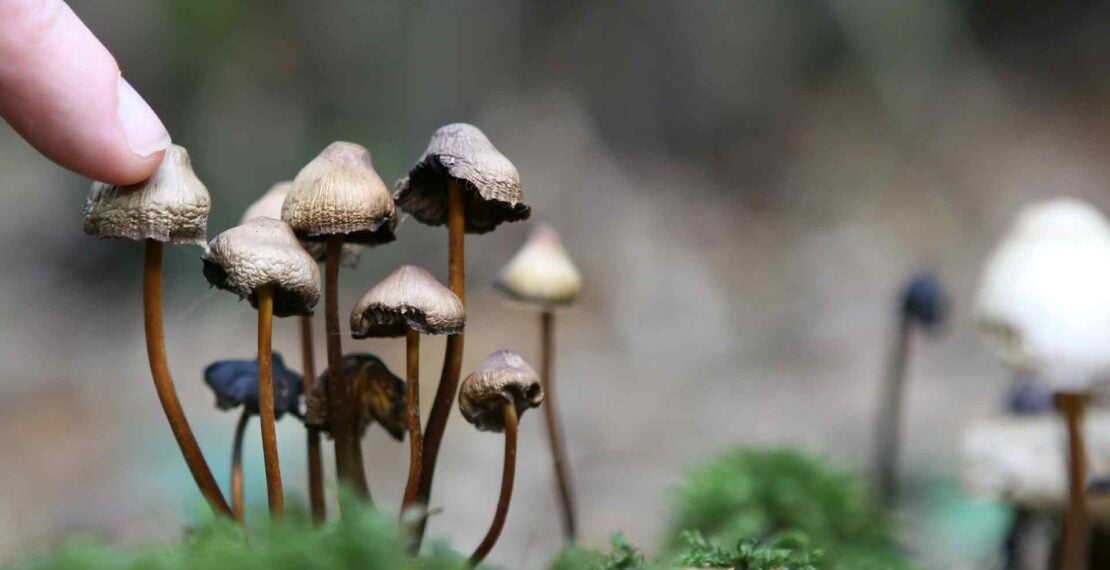
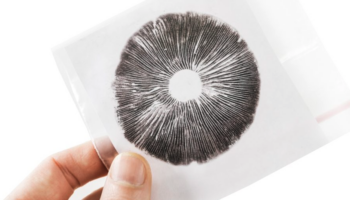


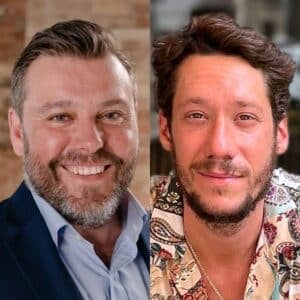

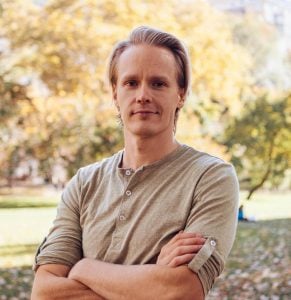
Amazing that this magic plant has been with us for so many years! Further studies will uncover alot more of benefits from this fungus. Thank you for sharing!
Great work. It’s a magical plant
Thank you! This is a good read on how and where mushrooms were used not just in the kitchen but also in the field of medicine. Bringing this alternative medicine closer and accessible to people who really need it.
I hope that people will start to realize that a cure is
always within our reach, it can even be in our own backyard.
Thank you for sharing and spreading awareness! Mushrooms are really indeed a magical fungus. As studies progress, it unfolds a lot of possible uses and applications in science and medicine. I hope this could be the future treatment of a lot of diseases. It has endless capabilities!
Amazing blog. Thanks for sharing awareness with everyone. Mushrooms are truly a good source of medicine way back in ancient times until today. I just hope that this mushroom will be the future treatment of all illnesses.
I am really amazed on how magical mushroom is. Magic mushroom are good. I just hope that it will not be abused and it will be used properly. This fungi will give benefit to a lot of people in the long run.
With all that I’ve read about psilocybin (obtained from certain mushrooms) and the research being done as well as micro doses being administered often with success for depression and anxiety, there should be ecstatic hope in the medical community. That is if Big Pharma will not stand in the way of preventing further research ( in the U.S.A. ) and possible breakthroughs in treating a variety of illnesses. Profits would plummet.